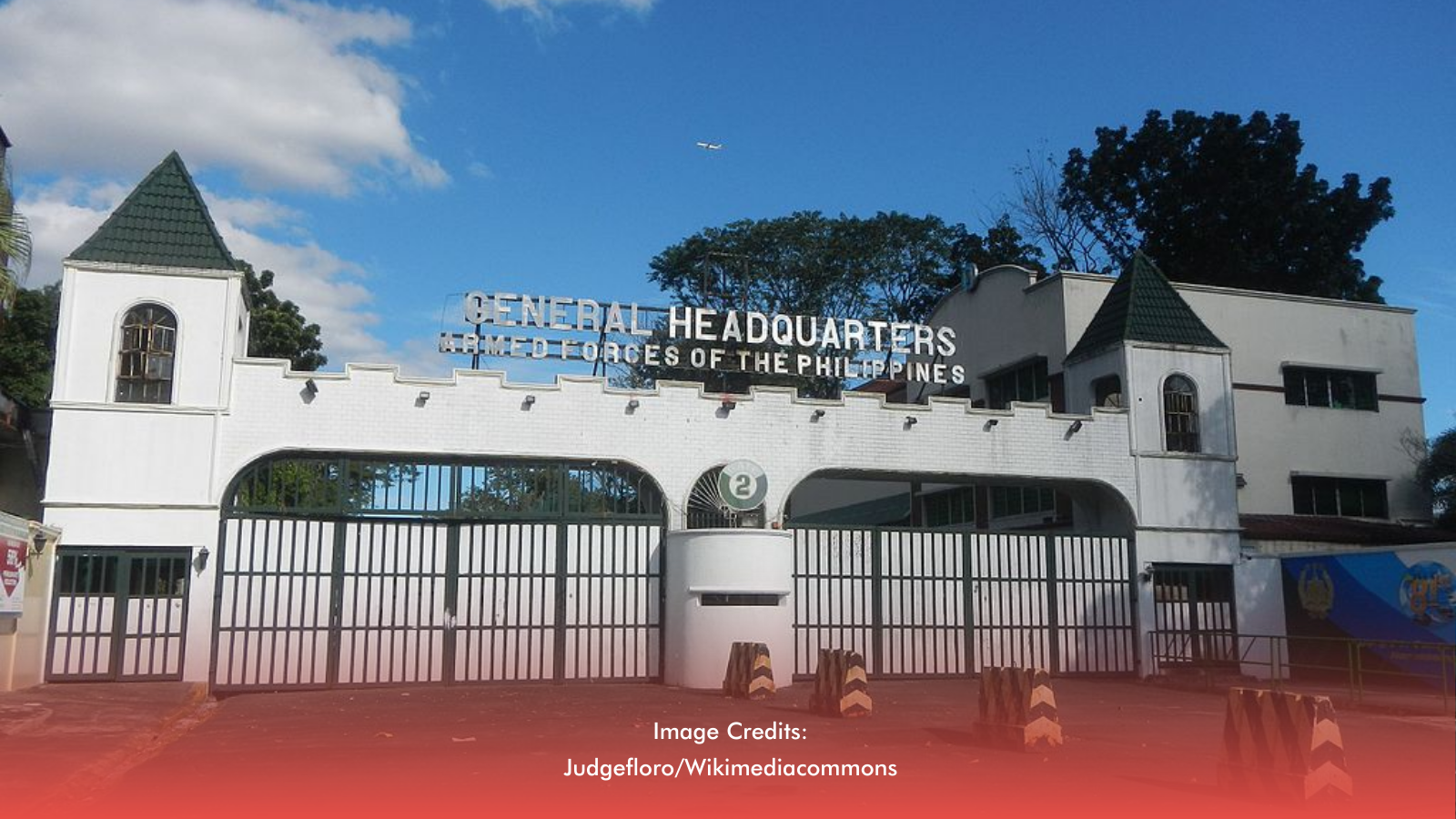The Metropolitan Manila Development Authority (MMDA) has unveiled a proposal to construct large-scale rainwater impounding facilities inside Camp Aguinaldo in a bid to ease recurring flooding along EDSA. The proposed design was released on Wednesday, August 27.
Formally titled “Proposed Rainwater Impounding Facilities inside Camp Aguinaldo,” the project seeks to capture and temporarily store excess rainwater during heavy downpours, gradually releasing it into the EDSA drainage system leading to the Makiling Creek. This measure is intended to prevent the current drainage system from being overwhelmed, which often results in dangerous flooding and traffic paralysis along Metro Manila’s busiest thoroughfare.
RELATED: [Artikulo XI Seeks Independent Flood Control Investigation]
Three-Phase Project
The facilities will be built in three phases, covering a total catchment area of 182 hectares within Camp Aguinaldo:
- * Phase 1: A section of the golf course near Gate 2
- * Phase 2: Additional golf course areas near Gates 3 and 4
- * Phase 3: A 79-hectare open space near Gate 6
For Phase 1, the detention pond will feature a 361-meter perimeter, 4,650-square-meter area, 8-meter depth, and a 37,200-cubic-meter capacity. It is designed to withstand a 25-year return period of rainfall, exceeding the projected requirement of 36,945 cubic meters.
How It Works
Under normal weather conditions, water will flow directly through the lagoon to EDSA. During heavy rains, floodgates will divert excess water into the detention ponds. Once the rain subsides, pumps with a capacity of 0.3 cubic meters per second will gradually discharge the stored water back into the drainage system. Depending on pump usage, this process could take between 17 to 34 hours.
The MMDA’s comprehensive plan also includes:
- * Construction of impounding areas
- * Operations and powerhouse facilities
- * Drainage and electromechanical systems
- * Landscaping and golf course restoration
- * A potential water treatment facility under review
RELATED: [What If LGUs Handled Flood Control?]
Pending Agreements
The agency noted that arrangements for operations and maintenance, as well as formal agreements between concerned agencies, are still under discussion. It also emphasized that the detention ponds must be emptied before rainfall events to maximize their storage capacity.
Metro Manila has long struggled with severe flooding along EDSA, with downpours and typhoons routinely disrupting traffic and endangering lives. Officials hope that the proposed Camp Aguinaldo project will serve as a model for sustainable flood mitigation across the city.








